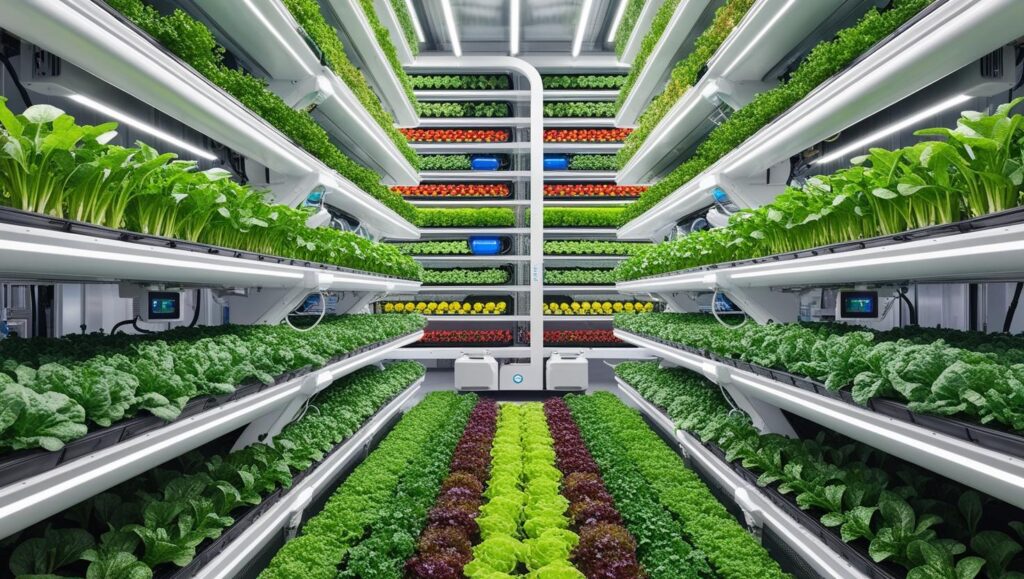The United States vertical farming market is rapidly emerging as a cornerstone of the future food ecosystem, with projections indicating a market value of $2.55 billion by 2029. As traditional agriculture struggles to keep pace with the growing demand for food amidst urban expansion and climate volatility, vertical farming is redefining the way America grows, supplies, and consumes fresh produce. This innovative approach to agriculture, which involves growing crops in stacked layers within controlled indoor environments, is gaining traction among investors, entrepreneurs, and policymakers alike.

Download PDF Brochure @ https://www.marketsandmarkets.com/pdfdownloadNew.asp?id=221795343
One of the key factors driving this market expansion is the increasing demand for sustainable and locally produced food. Consumers are becoming more conscious of where their food comes from, how it is grown, and the environmental impact of its production. Vertical farming offers a compelling answer to these concerns by drastically reducing the use of water, land, and pesticides, while enabling year-round cultivation. In an age of heightened awareness around food safety and sustainability, these advantages have positioned vertical farming as a vital solution for resilient food systems.
Urbanization is another major driver fueling the adoption of vertical farming across the United States. With more than 80 percent of the U.S. population residing in urban areas, the demand for fresh produce within cities is growing. Vertical farms, which can be established in warehouses, shipping containers, or purpose-built facilities close to consumers, significantly shorten supply chains. This not only reduces transportation costs and food spoilage but also contributes to lower carbon emissions. The ability to bring food production closer to population centers is increasingly viewed as a strategic investment in food security.
The technological innovation powering vertical farming is also attracting significant interest from investors. Advanced systems integrating LED lighting, climate control, automation, artificial intelligence, and IoT sensors are enabling precise monitoring and optimization of growing conditions. These technologies enhance productivity and consistency, making vertical farming a scalable and commercially viable option. Startups and established companies alike are leveraging these tools to build efficient, data-driven farming operations that appeal to both retail and institutional investors.
Several U.S.-based companies are leading the charge in this space, including Bowery Farming, AeroFarms, Plenty Unlimited, and Kalera. These pioneers are receiving substantial funding from venture capital firms, tech giants, and agribusinesses, underscoring growing confidence in the market’s long-term potential. With high-profile partnerships and pilot programs already underway with major grocery retailers and foodservice providers, vertical farming is transitioning from a niche innovation to a mainstream method of food production.
Looking ahead, the future of vertical farming in the United States appears promising. As technological costs continue to decline and public-private partnerships support innovation, the market is expected to expand beyond leafy greens to include a broader range of crops. The combination of sustainability, food security, and urban resilience is making vertical farming not just an agricultural trend, but a smart investment in the future of food.